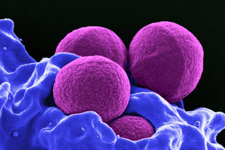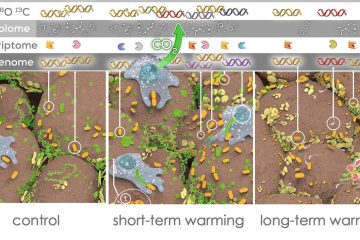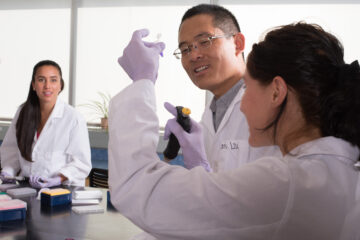NAU professor and a team of researchers are seeking to better understand staph bacteria, information that could lead to reductions of the potentially lethal pathogen.
Abstract
The human microbiome can play a key role in host susceptibility to pathogens, including in the nasal cavity, a site favored by Staphylococcus aureus. However, what determines our resident nasal microbiota—the host or the environment—and can interactions among nasal bacteria determine S. aureus colonization? Our study of 46 monozygotic and 43 dizygotic twin pairs revealed that nasal microbiota is an environmentally derived trait, but the host’s sex and genetics significantly influence nasal bacterial density. Although specific taxa, including lactic acid bacteria, can determine S. aureus colonization, their negative interactions depend on thresholds of absolute abundance. These findings demonstrate that nasal microbiota is not fixed by host genetics and opens the possibility that nasal microbiota may be manipulated to prevent or eliminate S. aureus colonization.



